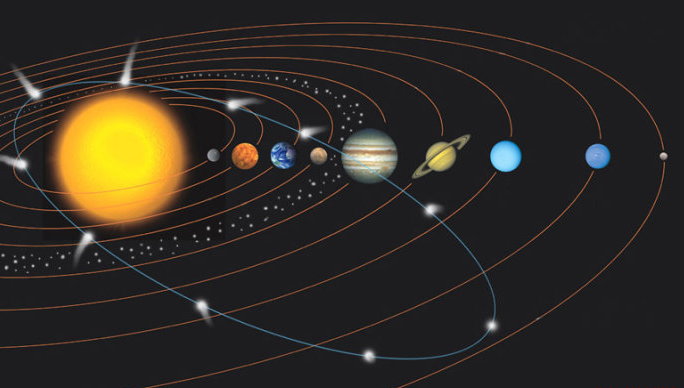The sun is the source of life on earth. The energy of the sun reaching the earth’s land surface through light radiation every day is about 1.7 × 10 to the 13th power KW, which is equivalent to the energy generated by 2.4 trillion tons of coal, and the endless and pollution-free solar energy can be recycled forever. However, only a very small amount of solar energy radiated to the earth has been consciously used, and most of it is wasted. The utilization of solar energy mainly includes three categories: photo-thermal conversion, photo-electric conversion and photo-chemical conversion. The first two categories are the main utilization forms of solar energy.
Photovoltaic power generation is a technology that directly converts light energy into electrical energy by using the photovoltaic effect of the semiconductor interface. It is mainly composed of solar panels (components), controllers and inverters. Under the background of “carbon neutrality” and energy transformation, the shortage of conventional energy and environmental pollution problems in today’s era cannot be ignored. The development of new energy is more and more in line with the trend of the times, and related technologies are gradually mature. An important branch of the photovoltaic industry, the photovoltaic industry is an excellent industry that can be persisted for a long time. The potential for growth is huge, and it will become a mainstream power generation source route in the future. It has the following advantages:
①As a source, solar energy is extremely difficult to be exhausted and has not been fully utilized. Compared with other energy sources, such as nuclear energy (high technical requirements and huge processing costs), wind energy (high instability and high requirements for the geographical environment), light energy conversion is convenient and Clean and pollution-free, with stable energy sources, it is an ideal carbon-neutral energy source.
②The geographical location requirements for solar energy collection are lower than those for hydropower wind power generation, and 76% of the country in my country has abundant sunlight, and the distribution of light energy resources is relatively uniform.
③Solar energy does not cause pollution and is a stable green energy source. The time and cost required to build a solar power station are lower than that of a hydropower station.
Solar lamps can be roughly divided into the following categories according to their uses: garden lights (including lawn lights), landscape lights (including trail lights), obstruction lights (including navigation lights), flood lights (including spotlights), traffic lights Lamps, floor lamps and street lamps, etc. Solar lamps can be divided into small, medium and large lamps according to their volume. Small lamps mainly include lawn lamps, water surface floating lamps, craft lamps and floor lamps. Because of their small size, the light source uses one or several LEDs. The function is to display, embellish and beautify the environment, the lighting effect is not significant, and the practicability is not strong. Large or medium-sized solar lamps refer to solar lamps with significant lighting energy-saving effects. Its volume is several times to dozens of times larger than that of small solar lamps, and its illuminance and luminous flux are dozens to hundreds of times larger than those of small lamps. Because of its practical lighting effect, we also call it practical solar lamps. Practical solar lamps mainly include street lamps, landscape lamps, large garden lamps, etc., which are mainly used for outdoor lighting and play a role in beautifying the environment.




